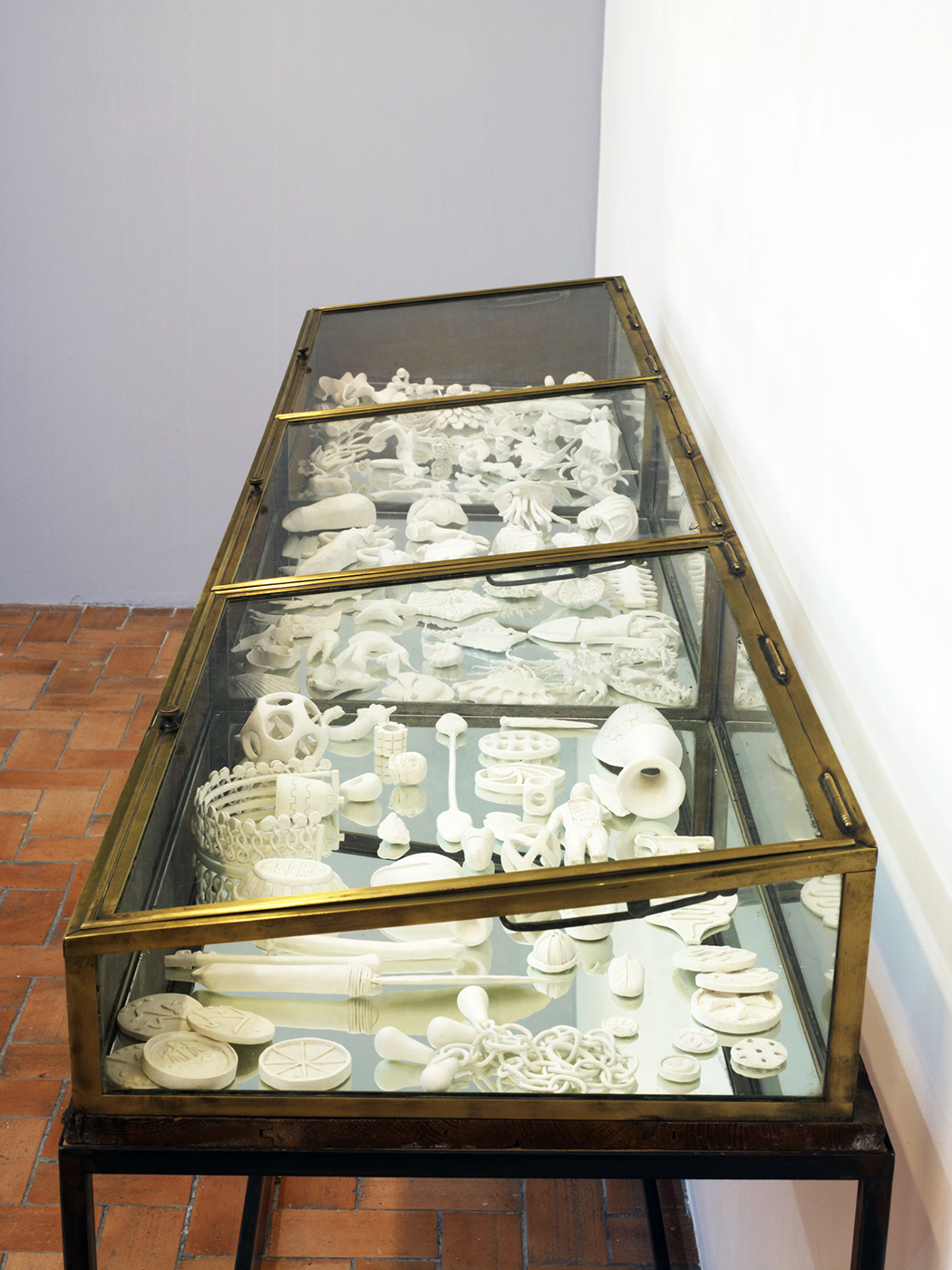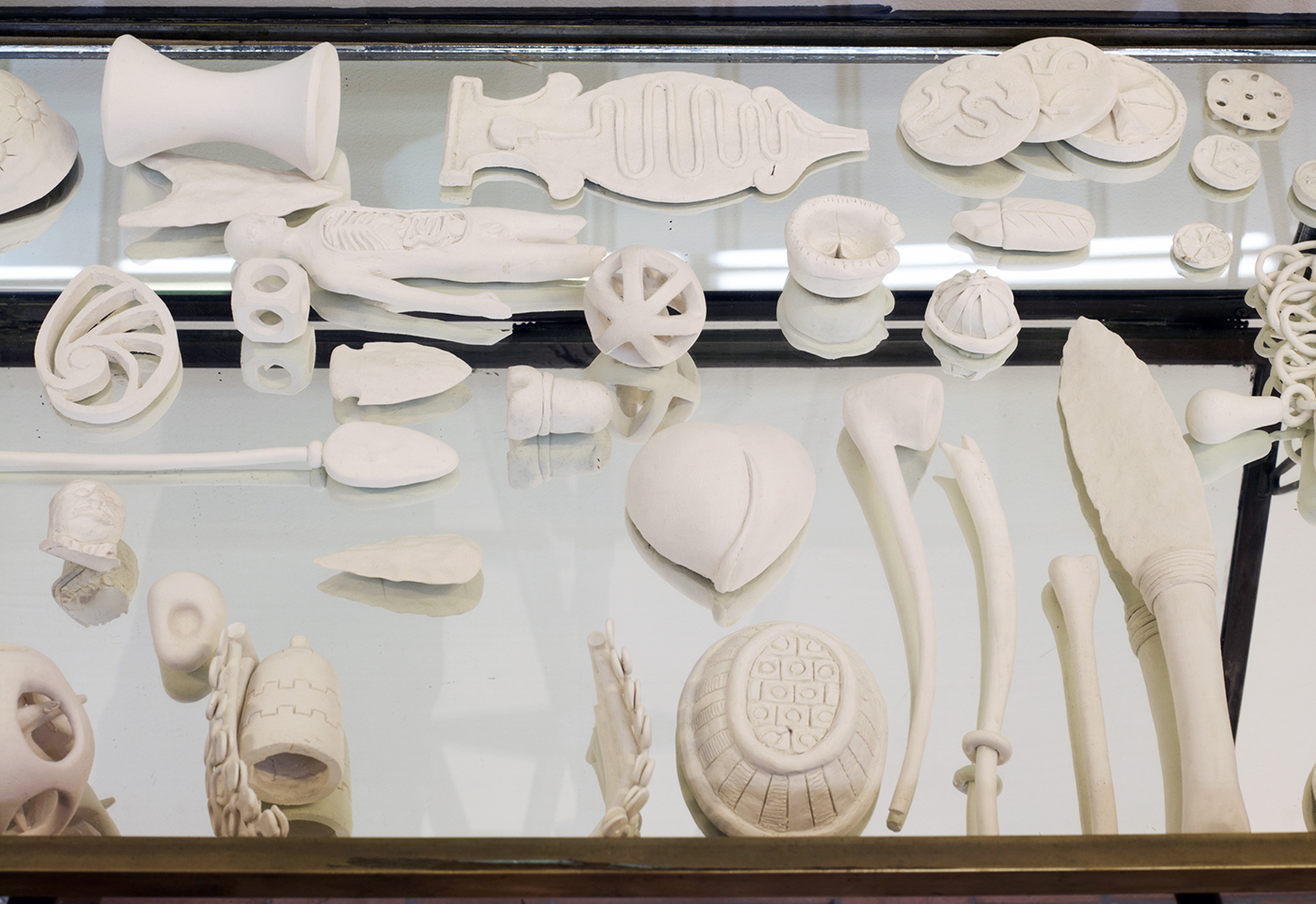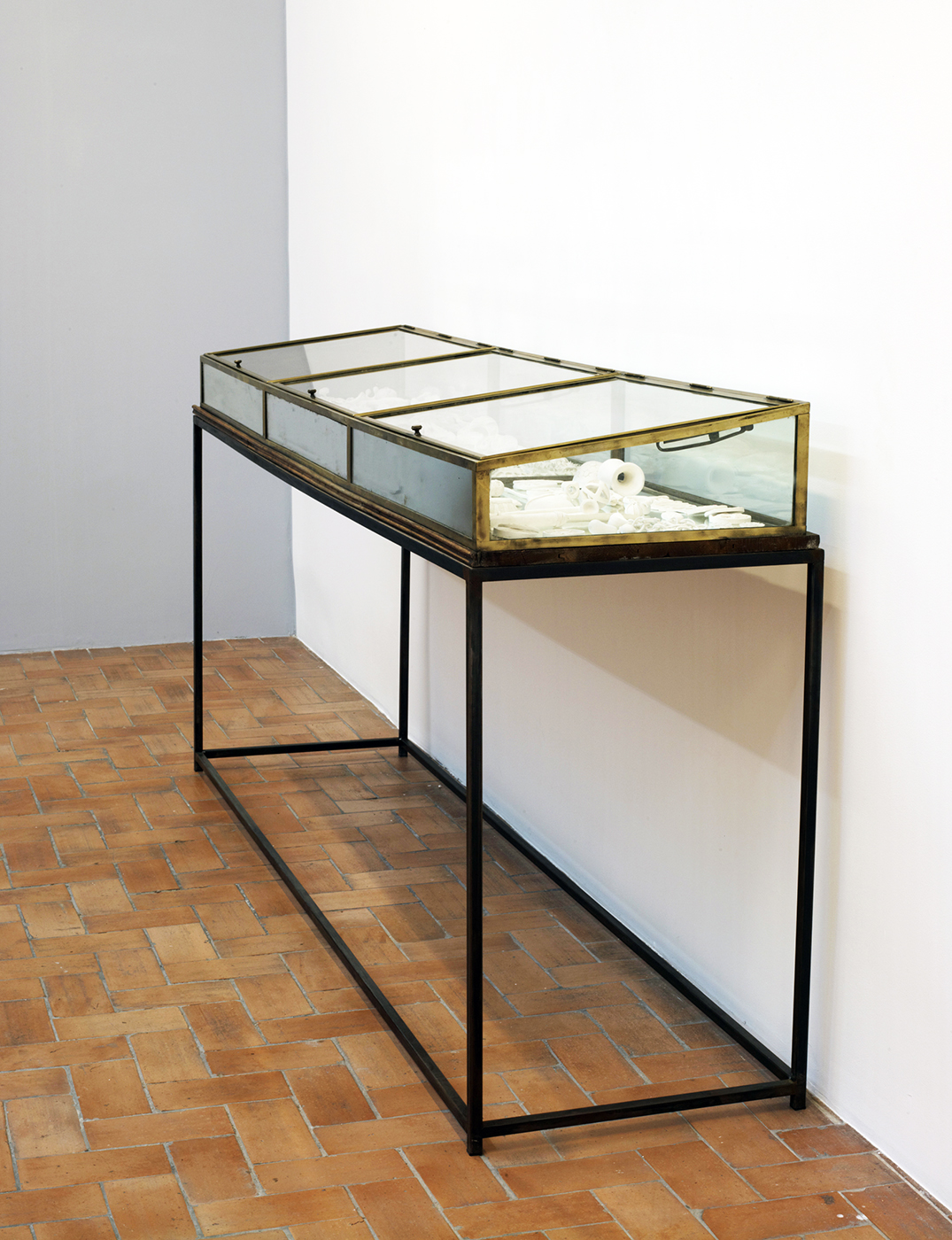Dion

Mark Dion
Arabesques Rarities, 2010
Glass case, brass and three compartments of wood on the base, mirror, clay and paper mache
114 x 236 x 60 cm
Unique artwork
Courtesy de l'artiste & Galerie In Situ - fabienne leclerc, Grand Paris

Mark Dion
Arabesques Rarities, 2010

Mark Dion
Arabesques Rarities, 2010

Mark Dion
Arabesques Rarities, 2010

Mark Dion
Arabesques Rarities, 2010